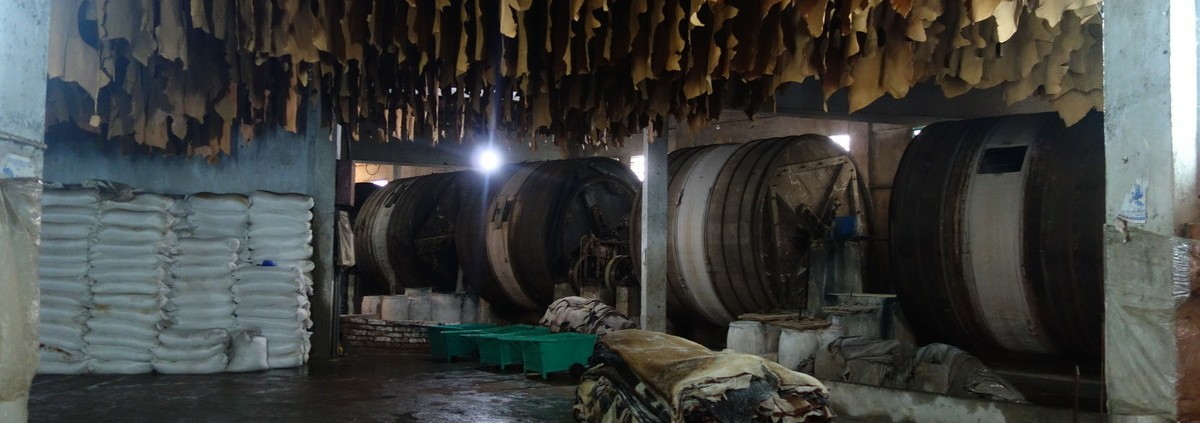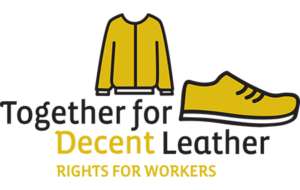Government, employers and labour rights organisations work together to improve labour issues in the Bangladesh leather industry
Bangladesh produces leather and leather products such as shoes, belts, bags and wallets. The leather and leather goods industry are important for Bangladesh’s economy: it is the second-largest source of the country’s export earnings. Social and environmental compliance is poor, unfortunately, which also affects the export.
Bangladesh Labour Foundation (BLF), as well as other organisations, have for long pointed to the poor labour practices in the Bangladesh leatherware industry. Recent research by BLF as part of the Together for Decent Leather programme found new evidence of the low wages and precarious employment conditions of tannery workers.
After years of awareness raising, dialoguing and campaigning, a milestone was reached in April 2022 with the adoption of a National Action Plan for the Bangladesh leather industry. It is a joint effort of the Bangladesh government, industry and the labour movement. The action plan aims to improve the industry’s compliance with labour laws; boost environmental management; and work towards increased certification of Bangladesh’ tanneries by the Leather Working Group.
The action plan was jointly developed by BLF and the Department of Inspection for Factories and Establishments (DIFE – under the Ministry of Labour and Employment), and with active participation of many stakeholders including the Ministry of Commerce, the Ministry of Industry, the Bangladesh Tanners Association (BTA), the Bangladesh Finished Leather, Leather Goods and Footwear Exporters’ Association (BFLLFEA), and the Tannery Workers Union (TWU).
Ashraf Uddin, Executive Director of BLF said the initiative is the first in its kind. “This is the first time in Bangladesh that government, employers, worker representatives and civil society developed together and unanimously agreed upon a plan to improve working conditions and address environmental and social compliance.” BLF and TWU took the lead in bringing workers’ perspectives and priorities to the negotiation table. As a result, the plan includes key workers’ issues such as the formalisation of employment relations, payment of minimum wages, access to social security schemes and the promotion of collective bargaining.
For the implementation of the action plan for the leather industry a Working Committee was formed, comprised of representatives of the various stakeholder groups – employers, unions, and government. DIFE has the lead of this Working Committee and BLF is acting as secretariat.
“Whether the ambitious goals of the action plan will be reached indeed depends on the continued commitment of all parties – government, employers, trade union and civil society” says Ashraf Uddin. He adds that continuous monitoring and applying enforcement measures where needed are also essential elements.
Monitoring and regular inspections of factories is an ongoing DIFE responsibility. So far, under the action plan, DIFE visited 22 factories. Additionally, in January 2023, the newly established Working Committee visited six factories. Ashraf Uddin is positive about the rate of NAP activities so far and has good hopes that this will continue.
The idea is that the DIFE will share individual factory inspection reports with the Working Committee, including with the labour movement representatives on the committee. This means a step forward in the level of transparency shown by government to civil society. DIFE does publishes aggregated inspection reports, but these do not mention names of individual facilities. Employers that are found not comply with labour regulations will be notified. They will be given a timeframe of three months to implement improvements. If failure to live up to labour regulations is not rectified, DIFE may undertake legal steps.

 SOMO
SOMO